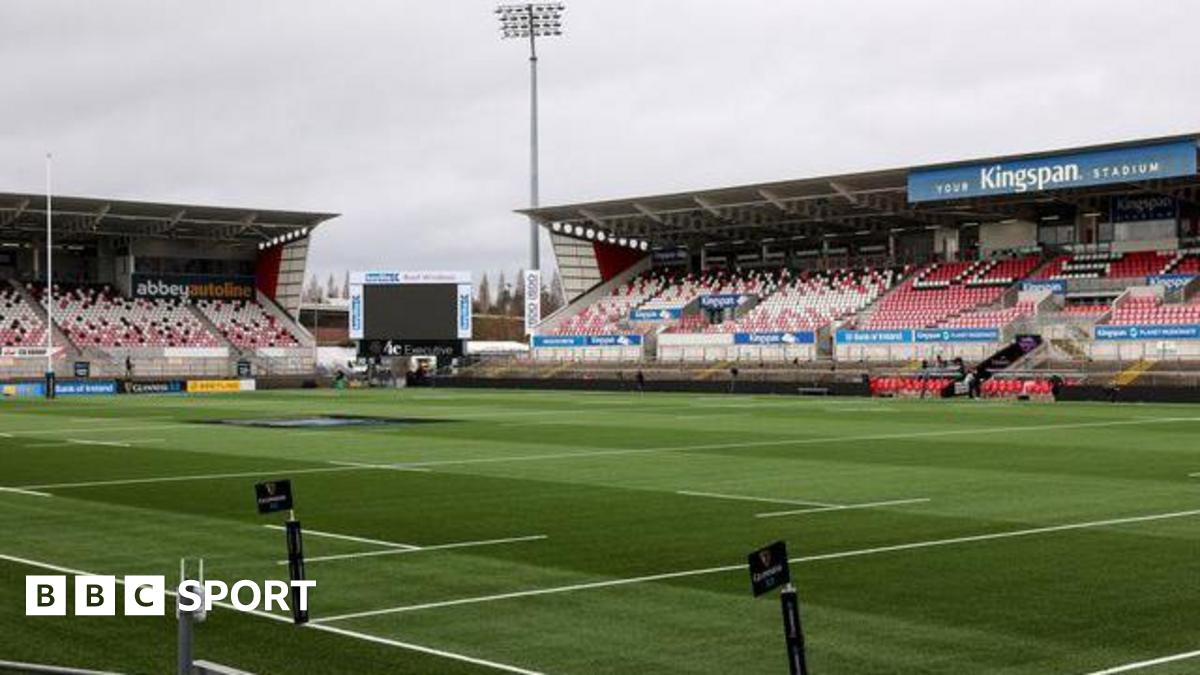Lower Property Taxes For Homeowners Can Mean Higher Rents

Lower property taxes for single-family homes and higher ones for apartments is a transfer of wealth ... More from poor renters to wealthy homeowners.
gettyProperty taxes have a way of becoming complicated quickly, especially when it comes to apartment buildings. One of the arguments often made by people who own and operate multifamily housing is that property taxes form a big part of fixed costs. Rules and regulations that limit rent collection trap owners without a way to keep their buildings solvent. Worse, fixed doesn’t mean they taxes are fixed at the same rate. Usually, property taxes go up and they can’t be avoided. Rent is the only way to offset the costs of rising property taxes, and when rents go up, people get upset and a “crisis” ensues. A review of a deep study of the effect of property taxes by the National Multifamily Housing Council (NMFHC) is a good place to start when trying to understand this dynamic.
The review is titled, Unequal Burdens: Exploring Effective Property Tax Variation and the Regressive Nature of Apartment Property Taxes, and is a look at a deeper study of the topic by The Lincoln Institute of Land Policy and the Minnesota Center for Fiscal Excellence called, “50-State Property Tax Comparison Study: For Taxes Paid in 2023.” That report is complex and I haven’t yet fully digested it. But the NMFHC overview is good as entry point to that work and a good review of how property taxes ultimately effect rents and thus the quality of life of people with less money.
It’s worth restating what I’ve said in writing and in presentations all over the country: rental housing is a marginal business. Money coming in must match the money being spent on operations. If that is not at least in balance, the business will fail and go bankrupt. Apartments are just like a restaurant, retail outlet, or a bowling alley. If the costs of maintaining the capital assets of the building and paying staff and other costs exceed income, there is no business. In spite of this obvious fact, many people in the general public and policy makers think of rental housing as different, passive income. Property owners simply collect the rent checks, deposit them, and go back to the beach.
Or, as the NMHC post puts it, “all else equal, higher effective apartment property taxes increase overhead costs for housing providers; this translates into providers being forced to raise rents to offset the cost, impacting the project’s viability and/or affordability levels.” It’s repetitive, but saying more than once and in different ways is for emphasis but especially to counter moves like banning eviction during the pandemic; that move meant many people who lost their jobs couldn’t pay rent, but local jurisdictions didn’t stop collecting property taxes. And often, those property taxes fall more heavily on apartment buildings.
First, the way local governments tax property favors single-family homes. Often, single-family homeowners or those paying mortgages benefit from lower assessments and many exemptions like those for senior citizens or veterans. Those lower rates and exemptions end up being shifted to commercial properties and apartments.
Another challenge is that taxes vary by jurisdiction, and the Lincoln study looks at all 50 states. There are some highly localized factors that impact taxation in different jurisdictions.
Some states and local jurisdictions rely heavily on property taxes while others lean more on income or sales tax.
Interestingly, jurisdictions with higher valuations – places with lots of properties that are assessed to be worth more money – can have lower tax rates. That is, when there is inflation in the housing market, property tax rates can effectively go down because the same money can be raised as a percentage of tax without raising rates. For example, a building with a value of $1 million dollars and a tax rate of 5% would generate $50,000 in revenue while a property with the same rate but a value of $100,000 would only generate $5,000.
State and local governments can also boost taxes to cover deficits or more spending, and they can impose property classifications which hit commercial and apartment properties harder than single-family. This classification practices grinds against policy directives that those same governments might have on sustainable growth. Taxing single-family properties less encourages more inefficient land use and punishes dense housing with higher costs, costs that get passed on to renters.
The Lincoln and Fiscal Excellence quantifies this vividly.
Higher property taxes for apartments and lower taxes for single family mean higher rents subsidize ... More single-family equity.
Screen shot of chart by The Lincoln Institute of Land Policy and the Minnesota Center for Fiscal ExcellenceAs the NMHC post describes, “the extent to which apartment buildings subsidize homesteads can be captured by the ratio of the effective tax rate on apartments to that of homesteads. Doing so produces an average “apartment-homestead classification ratio” of 1.44, meaning apartments pay an effective tax rate 44% higher on average than homesteads.”
These ratios reflect deliberate policy decisions, pushing people to buy houses rather than rent even when they can’t afford a mortgage. The irony of this is that while state and local politicians fret over a “housing crisis” their property tax polices often speak louder than their speeches about housing, ultimately pushing up rents while favoring those with more money who can afford a mortgage. In the end, it is a transfer of wealth from the poorest Americans to the wealthiest.
Whatever positive urges elected officials have toward reducing regulation must be coupled with, even alloyed with better property tax policy. The benefits of land use and zoning reforms given with one hand, can easily be taken away with the other in the form of excessive property taxes.









